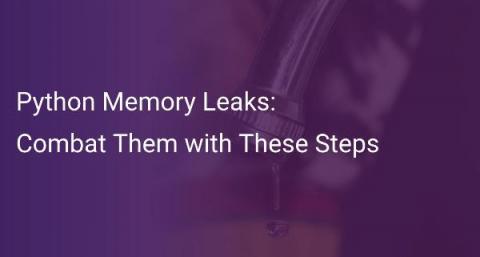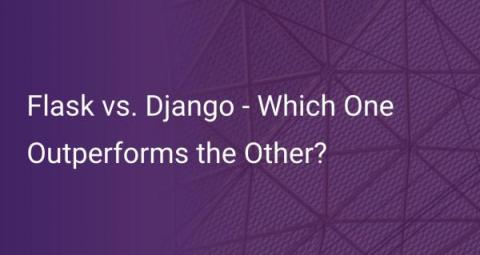How to Combat Python Memory Leaks
Memory leaks are one of developers’ worst nightmares. They can easily take down a healthy running application within hours if not minutes. It can be difficult to detect some of such leaks since they slowly grow and take over your app’s available memory. On top of it, each programming language manages memory in its own unique ways and hence can leak memory in different ways. Hence proactive measures to identify and prevent such leaks from happening is crucial.





